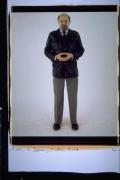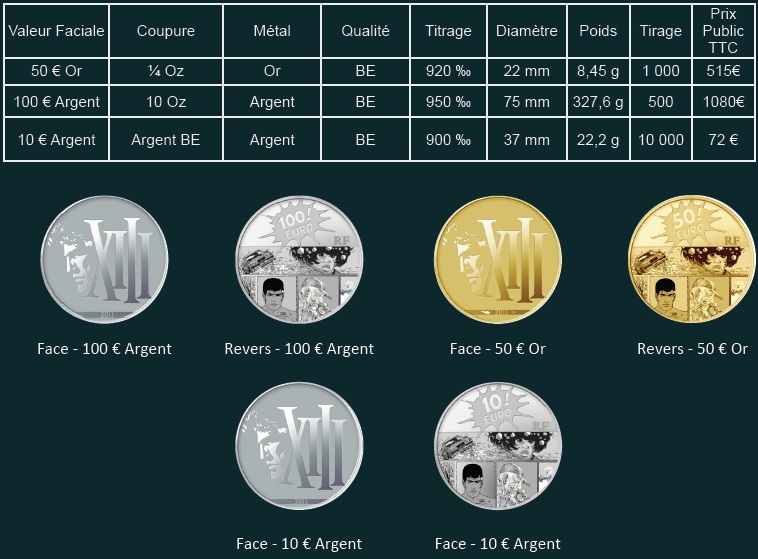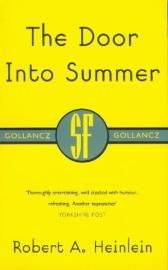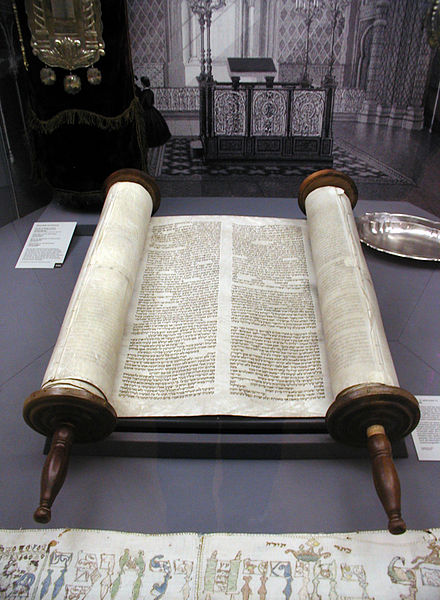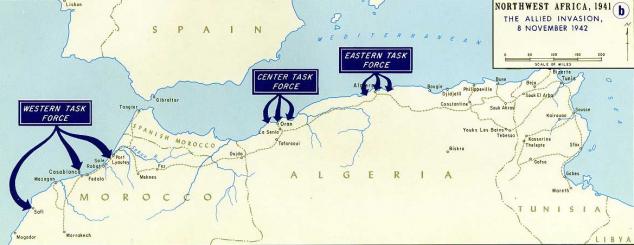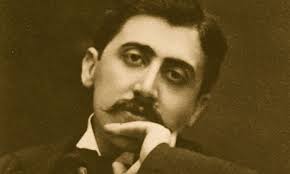How Judaism reads the Torah, III
Dossiers
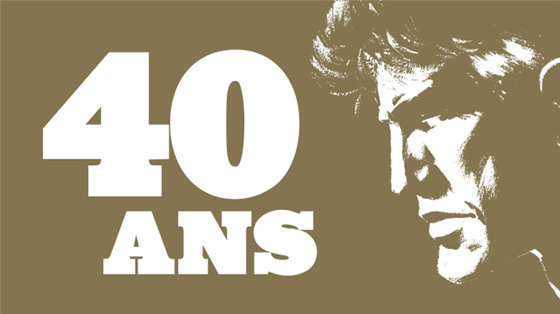
XIII : 40 années d'amnésie
Cette année marque le 40e anniversaire de XIII, le célèbre amnésique du neuvième art, dont les aventures ont vendu près de 20 millions d'exemplaires. Créé par Jean Van Hamme et illustré par William Vance, XIII est un personnage qui nous emporte entre espionnage, guerilla et secrets d'État dans des aventures pleines de rebondissements.

Poésies d'ici, poèmes d'ailleurs
La poésie a longtemps été considérée comme l'apanage des âmes sensibles, des rêveurs et des romantiques. Mais qu'en est-il vraiment ? Est-ce un art réservé à une élite ou peut-on tous s'y adonner ?

Courir ou mourir : Le Labyrinthe, la saga de James Dashner
Depuis la publication du premier livre en 2009, la saga Le Labyrinthe (titre original : The Maze Runner), écrite par James Dashner, a marqué une génération d'adolescents et jeunes adultes par son intrigue captivante, ses personnages attachants et sa représentation métaphorique des défis de l'adolescence. Cette saga dystopique a séduit des millions de lecteurs à travers le monde et a inspiré une série de films à succès.
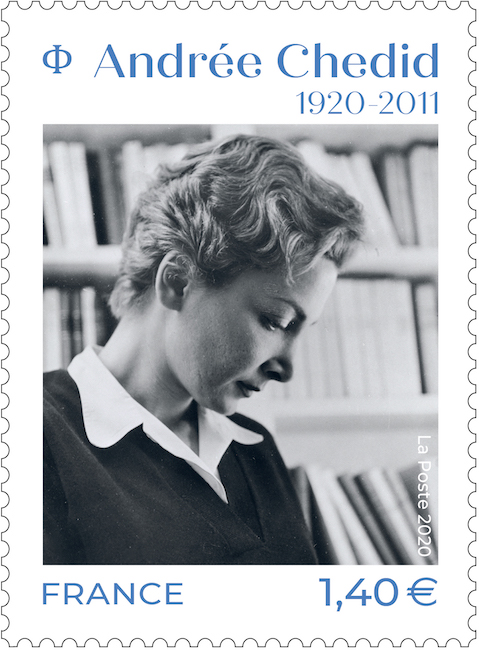
Livres, actualités : tout sur Andrée Chedid
Née le 20 mars 1920 au Caire, en Égypte, sous le nom Andrée Saab, Andrée Chedid y mène ses études, apprenant le français et l'anglais, et utilisant de manière ponctuelle l'arabe. Avec son mari Louis Selim Chedid, qu'elle épouse en 1942, elle part au Liban l'année suivante, où elle publie son premier recueil poétique, On the Trails of My Fancy, sous le pseudonyme A. Lake.

Foire du Livre de Francfort 2019 : la Norvège à l'honneur
La Foire du Livre de Francfort 2019, 71e édition, se déroulera du 16 au 20 octobre. L'un des plus importants salons du monde du livre européen fera cette fois une place d'honneur à la Norvège. « The dream we carry », ou le « Le rêve que nous faisons », titre du programme mis en œuvre par le pays, promet beaucoup, et notamment des focus sur la liberté d'expression et sur les auteurs et livres féministes.
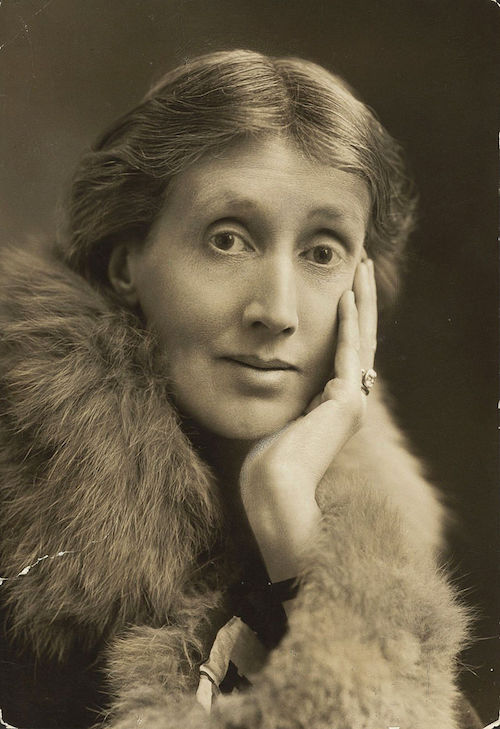
Livres, actualités : tout sur Virginia Woolf
Née Adeline Virginia Alexandra Stephen en 1882, Virginia Woolf grandit dans une famille aisée, où elle dispose d'un accès facilité à l'art et à la culture de son époque. Les disparitions de sa mère, en 1895, de sa demi-sœur puis de son père fragilisent toutefois son état émotionnel : elle devient sujette aux dépressions nerveuses. En 1915, elle publie son premier roman, The Voyage Out, après quelques années d'activité au sein du supplément littéraire du Times.
Extraits
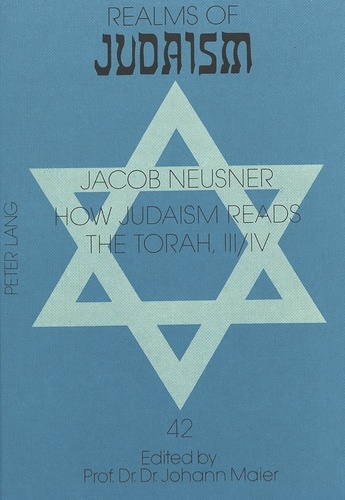
Non classé
How Judaism reads the Torah, III
09/1993
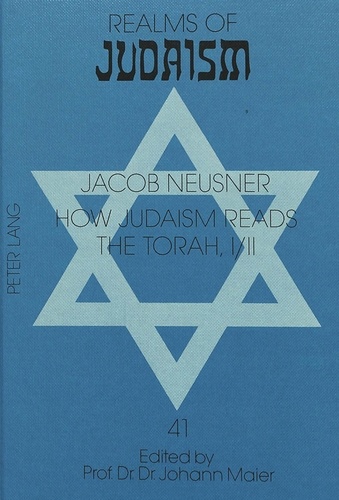
Non classé
How Judaism reads the Torah I / II
10/1993
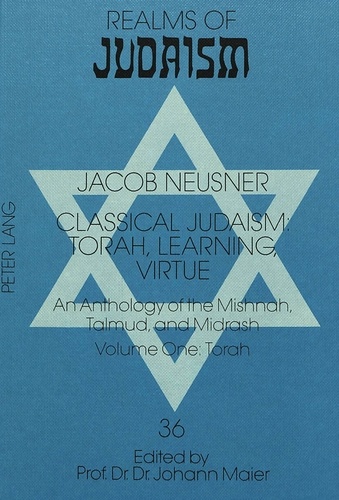
Philosophie
Classical Judaism: Torah, Learning, Virtue
09/1993
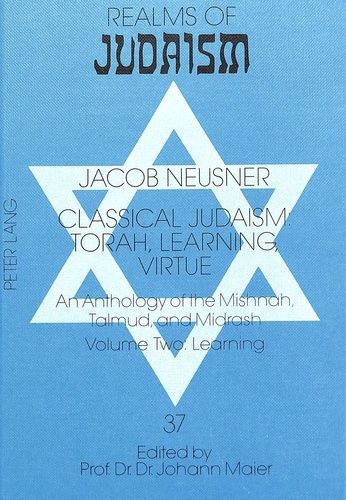
Religion
Classical Judaism: Torah, Learning, Virtue
09/1993
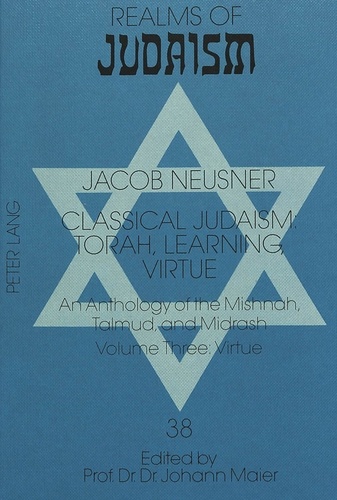
Non classé
Classical Judaism: Torah, Learning, Virtue
10/1993
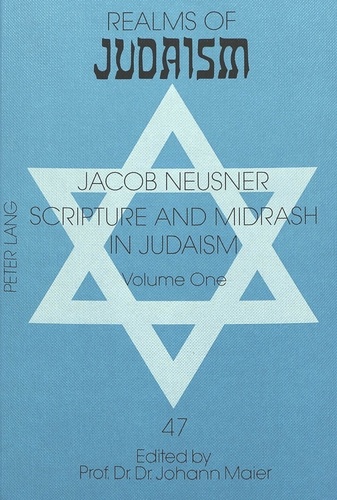
Sciences politiques
Scripture and Midrash in Judaism
03/1994




